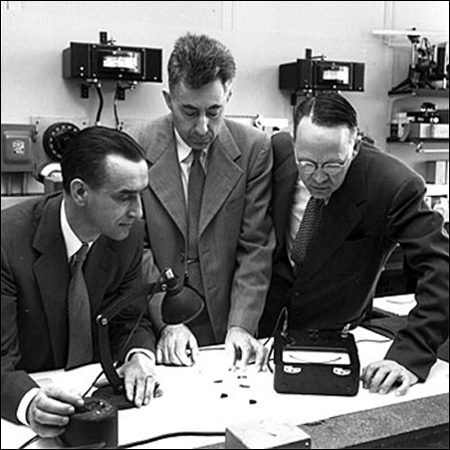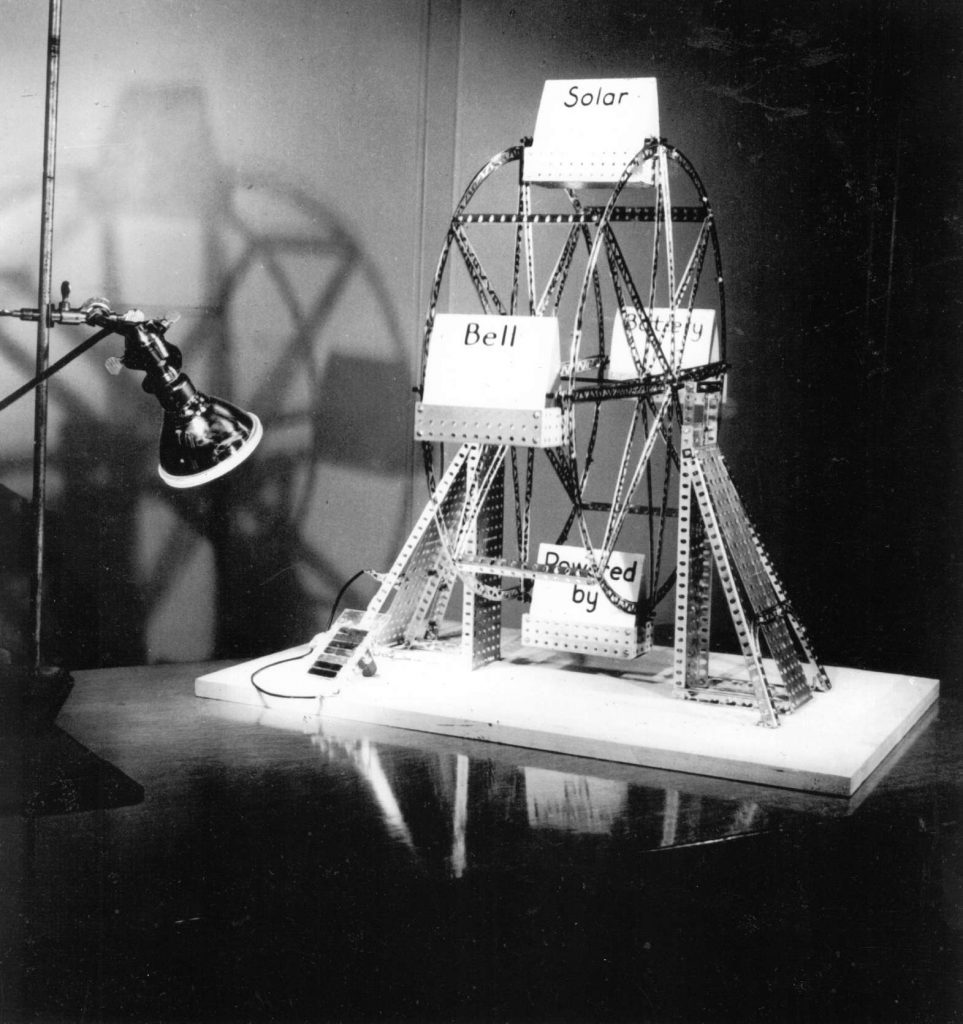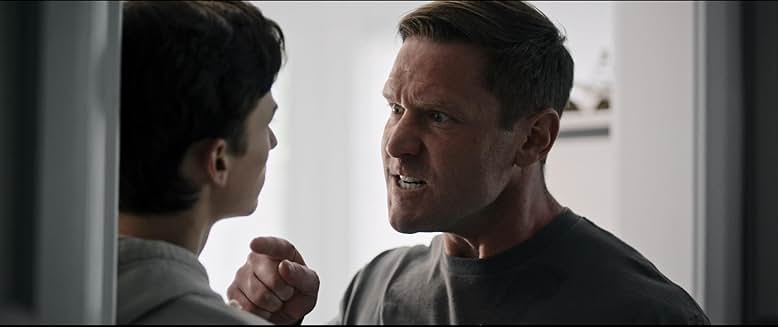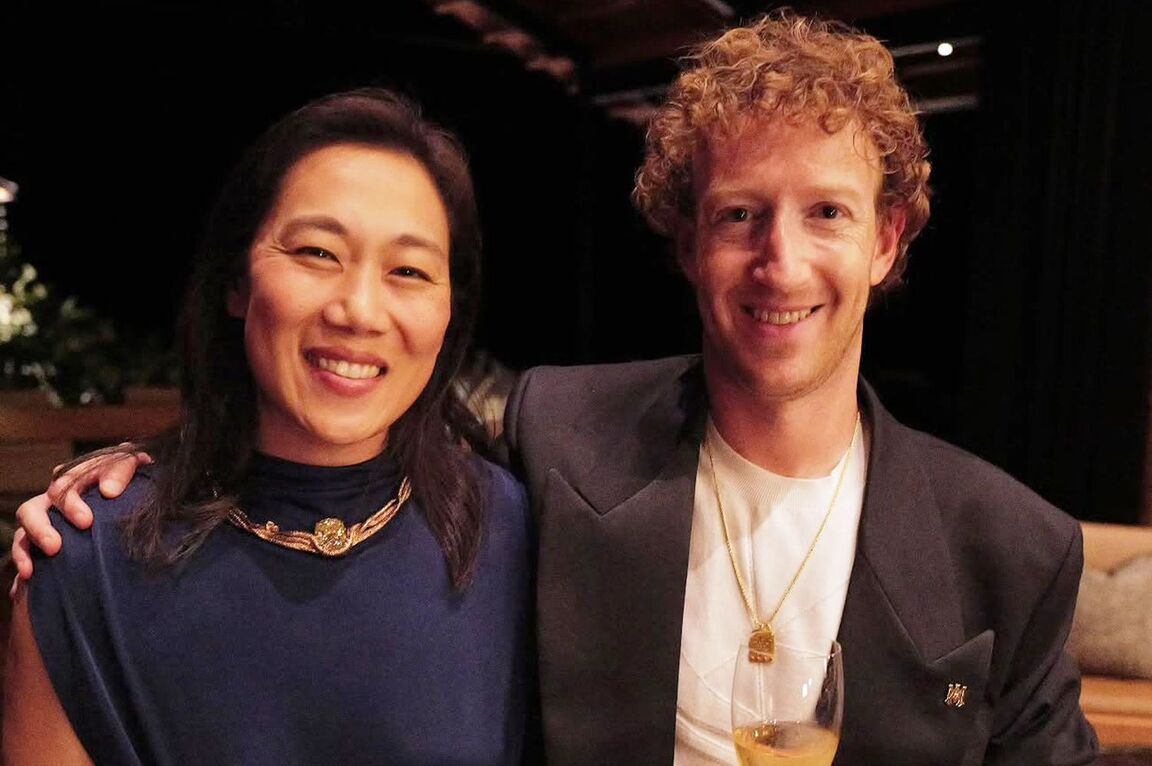Throwback diaries: The Solar cell was first unveiled 65 years ago today

On this day, 65 years ago, the first practical solar cell was publicly demonstrated by Bell Telephone Laboratories. Solar cells which convert sunlight into electric current, had their beginnings much earlier than Bell’s work though they were inefficient to use. It took a team of three scientists to raise efficiency and make solar cells commercially viable.
Sixty-five years ago, three scientists at Bell Labs– Electrical Engineer Daryl Chapin, Physicist Gerald Pearson, and chemist Calvin Fuller demonstrated an efficient way to turn sunlight into electricity. It was made of silicon–which would, later on, become the core component in computer chips.

In February 1953, Chapin commenced his photovoltaic research by placing a Selenium cell in sunlight. He recorded that the cell produced 4.9 watts per square meter. It’s efficiency, the percentage of sunlight it could convert into electricity, was a little less than 0.5 percent.
Details of Chapin’s research and dismal results reached Pearson who advised Chapin to use Silicon instead of selenium. The improved silicon solar cell had an efficiency of 2.3 percent, about five times greater than the selenium. Fuller collaborated to work on improving the transistors.
Proud Bell executives presented the Bell Solar battery to the press on April 25th, 1954, displaying a panel of cells relying solely upon on sun to run a 21-inch Ferris Wheel.

The invention of the solar cell was a result of an inspiring collaboration that fuels today’s race to a renewable and sustainable future.













